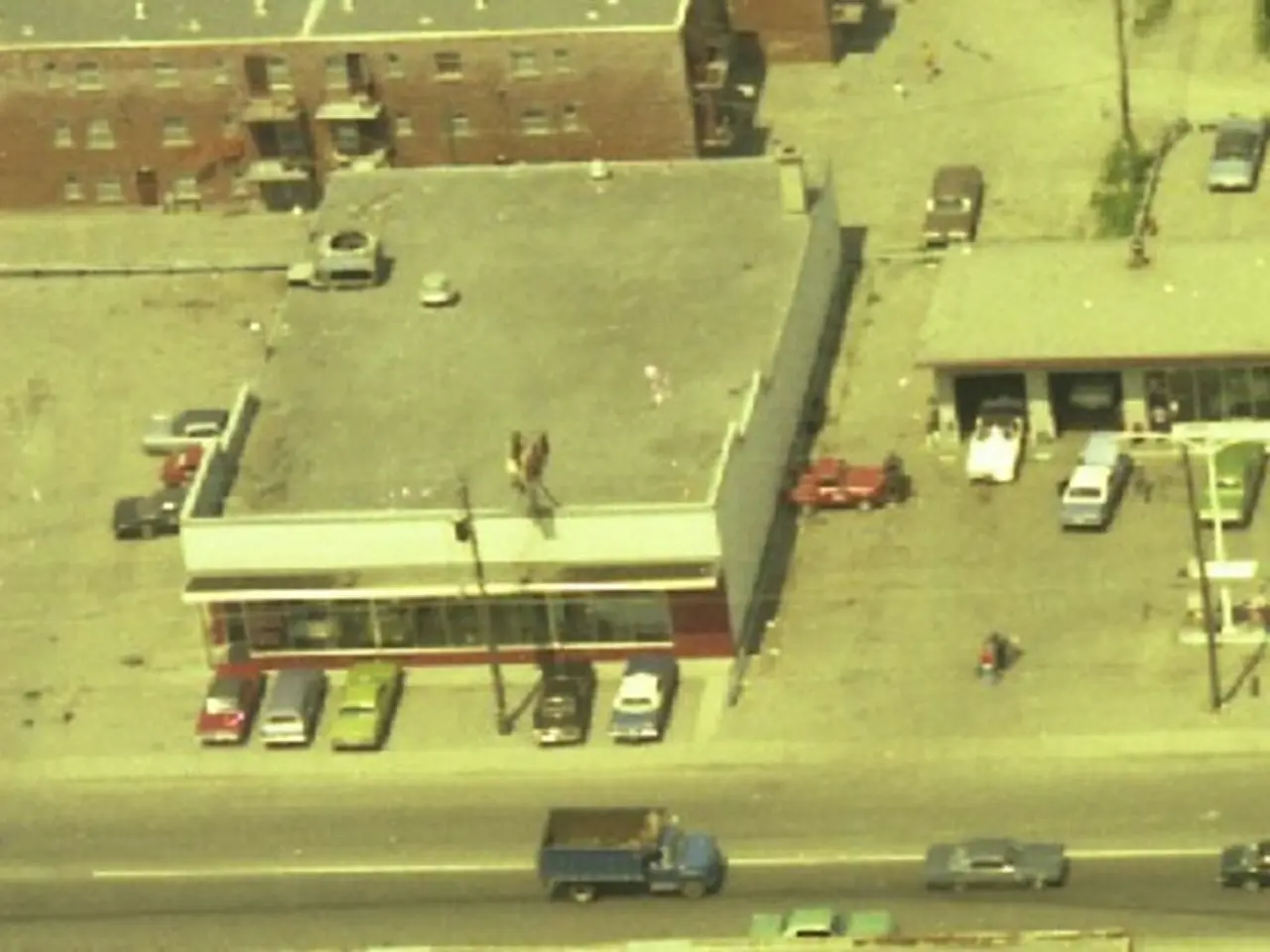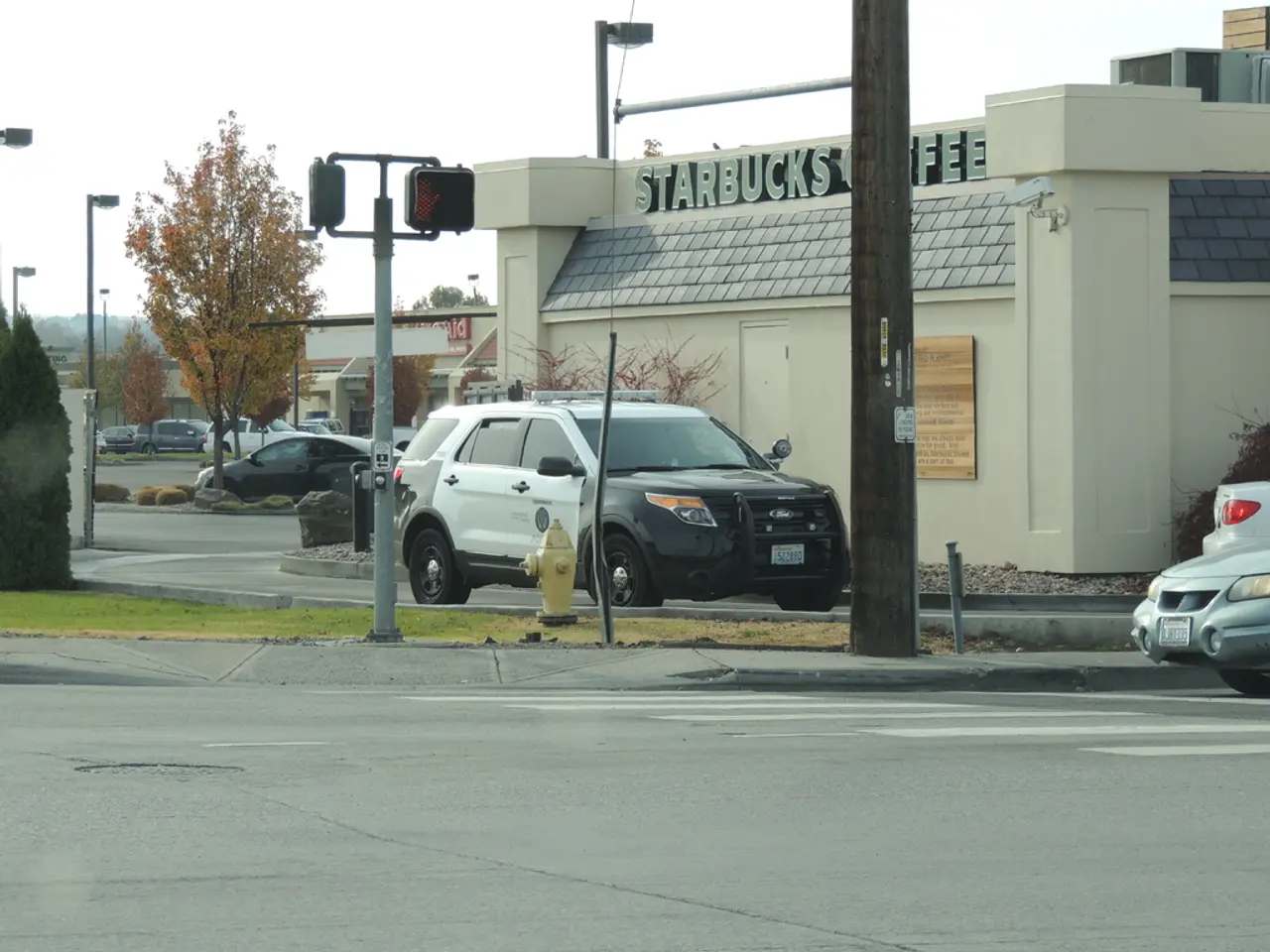Corporate Giants in Motion
In a groundbreaking development, Brescia, Italy, is at the forefront of Europe's mobility revolution with the launch of a unique autonomous driving car-sharing experiment. This innovative project, a collaboration between A2A, the Politecnico di Milano, and the National Center for Sustainable Mobility (Most), promises to redefine urban transport by integrating cutting-edge autonomous vehicle trials with shared usage concepts.
The project, which took place in Brescia, showcased the capabilities of an electric Fiat 500 that travelled a full kilometer autonomously as part of the experiment. The vehicle's autonomous driving technology, developed by automotive leaders Fiat and Maserati, was put to the test in real traffic conditions, demonstrating the feasibility and advantages of driverless vehicles operating in urban environments in a shared, on-demand car-sharing format.
The experiment is part of Italy's broader experimentation with autonomous mobility technologies. It aims to gather data on safety, efficiency, and user acceptance, essential for scaling the service. Ongoing trials allow passengers to experience autonomous rides, providing valuable insights into the future of urban transport.
However, the path to smarter, sustainable urban mobility is not without challenges. Autonomous vehicles must meet strict safety standards and obtain regulatory approvals, which vary across European regions. Cities like Brescia need to adapt urban infrastructure to support autonomous navigation, including smart traffic signals and dedicated lanes. Public trust and willingness to adopt driverless car-sharing services remain critical, requiring ongoing public engagement and demonstration of reliability. Managing fleet logistics, vehicle maintenance, and real-time service demand dynamically presents operational challenges that need innovative solutions.
Gianmarco Montanari, director general of the Fondazione Most, believes that Brescia's autonomous driving car-sharing experiment demonstrates the future direction of mobility. He emphasizes the importance of collaboration with ANCI and coordination with local and national institutions. Montanari also highlights the importance of infrastructure coordination between companies and municipalities for electric mobility.
The discussion expands to include Mobility-as-a-Service, a potential solution for optimizing commuting by integrating shared means and public transport. This initiative aligns with European goals to reduce emissions and urban congestion by promoting zero-emission vehicles within shared mobility frameworks. The integration of electric and autonomous cars supports sustainable urban transport development.
In conclusion, Brescia’s autonomous driving car-sharing project is a pioneering model showcasing Europe's move toward smarter, sustainable urban mobility. While significant progress has been made through technology trials and partnerships, overcoming regulatory, infrastructural, and social acceptance hurdles is essential for widespread adoption and transforming mobility in European cities.
The autonomous driving technology, demonstrated through the electric Fiat 500's kilometer-long autonomous journey in Brescia, exemplifies the potential integration of work and technology in reshaping urban transport. To gather crucial data for scaling the service, the project aims to investigate safety, efficiency, and user acceptance, necessitating advancements in both technology and cooperation with local institutions.




